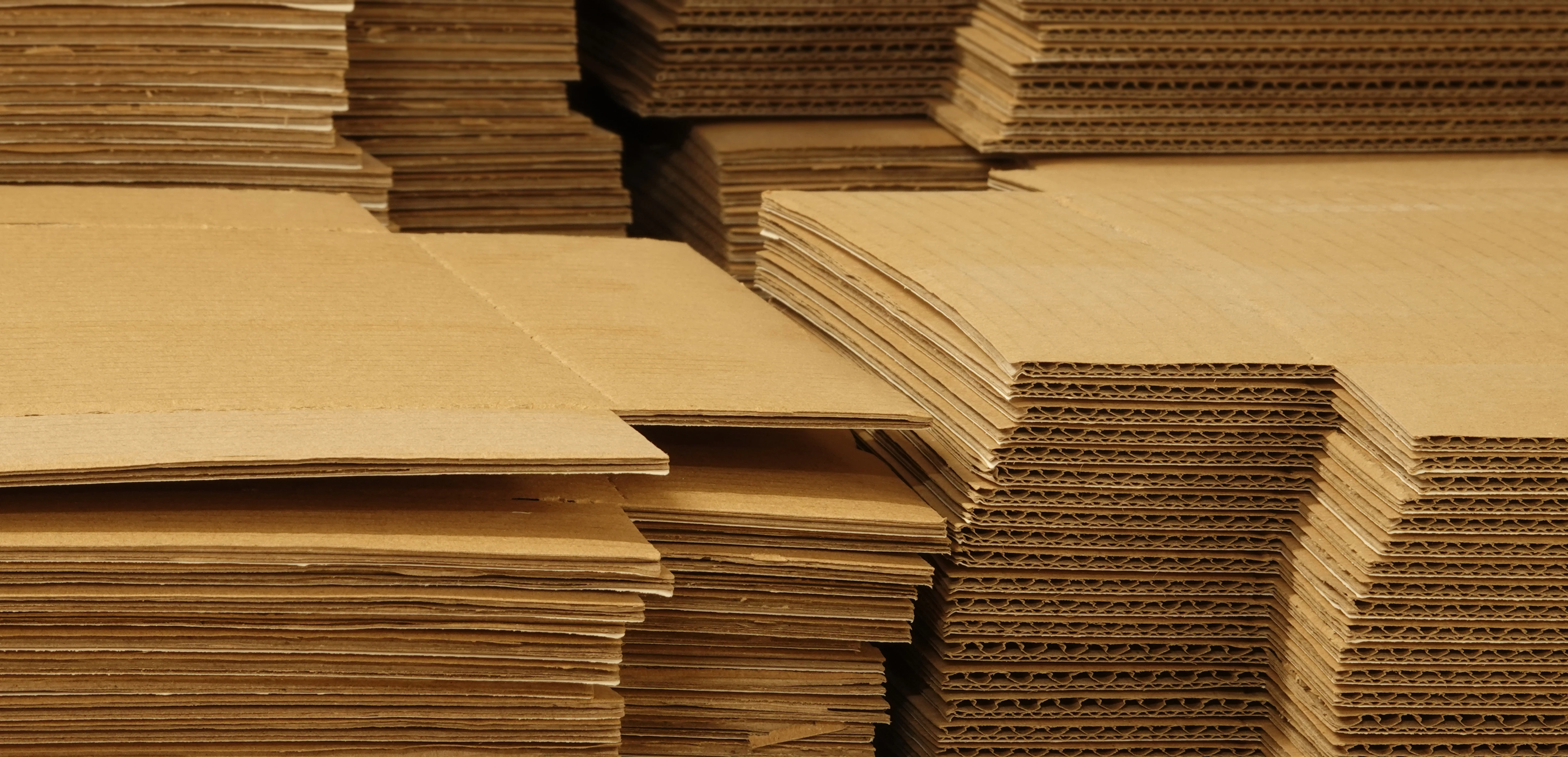
©Uros Petrovic | stock.adobe.com
Earlier this summer, it was speculated that the U.S. cardboard box recession was nearing its end, with a veteran industry analyst saying containerboard companies were raising prices to offset inflation and in anticipation of what they hoped would be increased demand.
According to a recent second-quarter analysis, however, demand has not picked up enough to take pressure off older mills as newer, 100 percent-recycled paper machines continue to ramp up throughout the year.
“The new machines seem to be putting out a higher-quality sheet than historical 100 percent-recycled machines, and reports are that they’re operating very efficiently,” Doug Larsen, paper packaging pricing analyst at Bloomberg, said during a presentation in mid-August. “These two factors could apply pressure on older machines if demand does not improve.”
Larsen, along with Richard Bourke, Bloomberg senior analyst covering basic materials; and Ryan Fox, Bloomberg corrugated market analyst, spoke during a webinar titled “The Box Report – Market Dynamics: Recapping 2Q24 Sentiment and Data” hosted by Bloomberg Intelligence.
“We came into this year, [and] I think everyone was hoping for a rebound,” Fox said. “I think early on, even a year ago, even we [at Bloomberg] were expecting to see a rebound in box shipments in 2024, but, as we approached the end of the year [in 2023], it became pretty clear that the headwinds against demand were still lingering and it was going to be a tough year.”
Larsen noted that last year was a “pretty active year” on the containerboard supply side, with five new machines—amounting to 2 million tons of capacity—having been added. The last time five machines came online in one year, he said, was 1996.
“Even with 2 million tons of capacity coming onstream, total containerboard capacity entering 2024 did not really change dramatically year over year,” Larsen said. “Almost the same amount of tons was permanently closed during 2023. The net change is just a slight increase.”
“What has changed is the makeup of the capacity brought on, with the new machines being 100 percent-recycled as opposed to the machines shut down [that were] running virgin or blended sheets. Additionally, all the new capacity is from independent or midmajor suppliers, and the majority of the tons shut down are from International Paper and WestRock. The end result is a shift of 4 million tons in an industry with approximately 40 million tons of capacity, so that’s a big shift for one year.”
Larsen also noted that along with the 2 million tons of capacity shuttered last year, the larger industry players also took more than 2.5 million-tons worth of economic downtime, leaving a production gap to be accounted for in 2024.
“Even with the permanent shutdowns, the first quarter this year saw International Paper and WestRock take almost 165,000 tons of downtime—660,000 tons if annualized—another signal that supply and demand are not in balance,” he said.
Regarding the recent closure of a recycled containerboard mill in Port Angeles, Washington, operated by McKinley Paper Co., Larsen said data he’s seen indicate it was a lower-cost mill. Without speculating on the internal workings at McKinley, he added that the move is a continued signal that older mills could be at risk.
He also said the inefficiencies of older machines are putting pressure on companies.
“If demand does not dramatically improve, it’s going to put pressure on the older … machines that are still out there. If demand does not improve, we certainly could see further closures.”
As for box shipments, Fox said despite some sequential improvement, data show about a 1 percent year-over-year decrease, and he forecasts a flat third quarter, noting that, historically, the third quarter is the best of the year.
“While everyone was expecting a nice increase, the first quarter was down 1.1 percent from a year prior, and it was the lowest shipments we’ve seen almost since 2016, so it was a pretty tough quarter,” he said. “The second quarter, if we’re looking in concrete terms, we’re thinking a 1 percent sequential improvement, but that still is going to hint at about a 1 percent year-over-year decrease in box shipments.”
Of the third quarter, he said, “We think that it’ll be a little bit better, but not by much.”
Larsen said a good signal for the containerboard industry is increased exports during the first half of the year, helping keep domestic inventory from growing dramatically and leading to a first-quarter mill operating rate of more than 90 percent for the first time in a year.
“Increased export demand will certainly help, [but] the signal in the first quarter was there will continue to be downtime,” he continued. “I think the closures from the third and fourth quarter of last year are [behind us,] but I don’t see us getting back to 93 or 94 percent [operating rate] like we saw during COVID, but we could stay above 90 percent.”
Latest from Recycling Today
- Orion ramping up Rocky Mountain Steel rail line
- Proposed bill would provide ‘regulatory clarity’ for chemical recycling
- Alberta Ag-Plastic pilot program continues, expands with renewed funding
- ReMA urges open intra-North American scrap trade
- Axium awarded by regional organization
- Update: China to introduce steel export quotas
- Thyssenkrupp idles capacity in Europe
- Phoenix Technologies closes Ohio rPET facility





